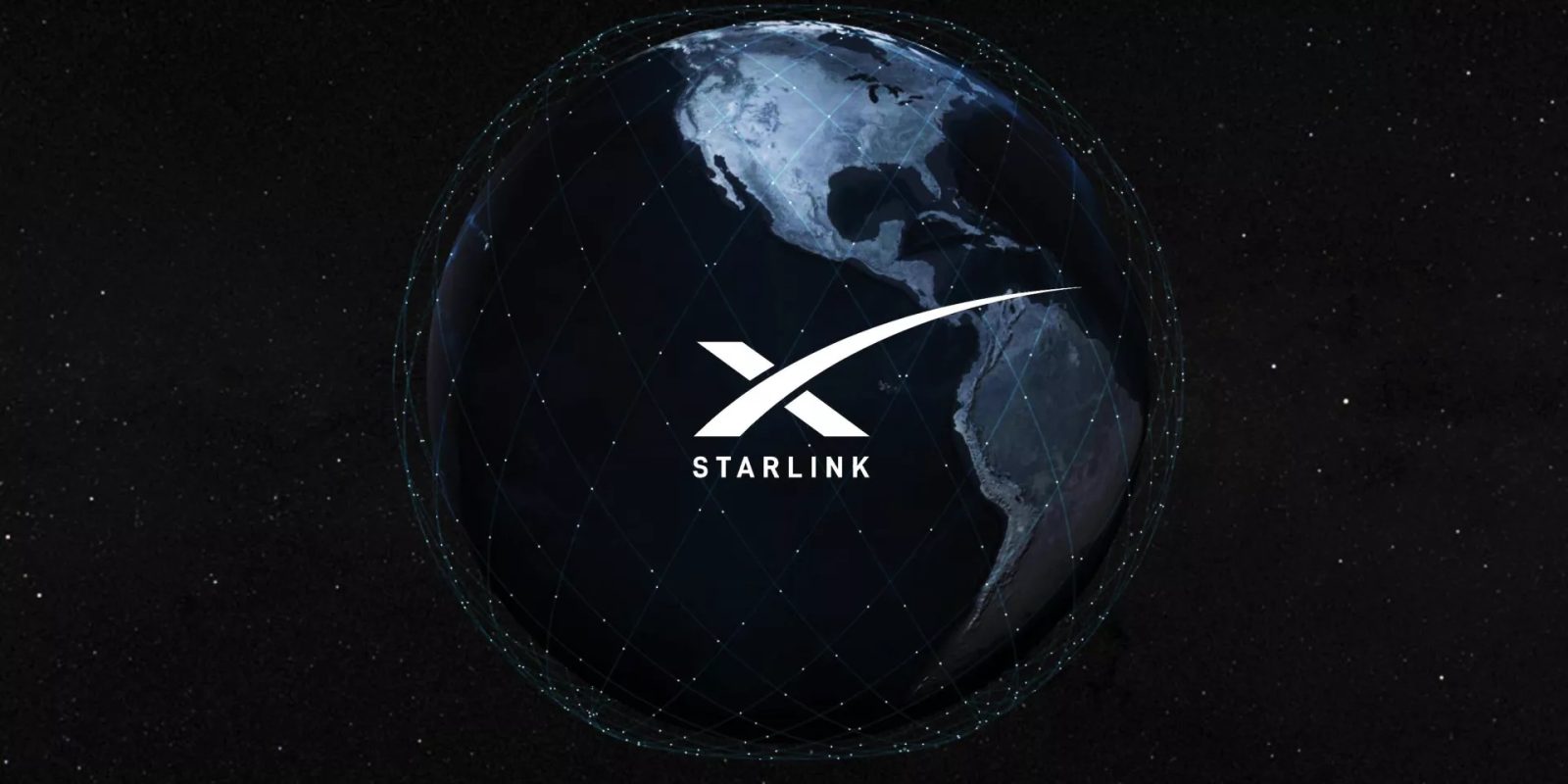
SpaceX’s high-speed satellite internet service, Starlink, has changed a great deal from when it first came out. Starlink has seen reduced real-world speeds for a while as a result of the large number of customers, but now Starlink has changed its expected download speeds to much lower targets. Additionally, the company has introduced soft data-caps and the ability to pay for more priority access.
Starlink data-caps on Residential
While for some people this may be a very significant change, others may not even notice the difference. The soft-cap is designed in a way to encourage high bandwidth applications to be used during off-peak hours to provide a better service for all customers.
Starlink’s new fair-use policy outlines the requirements. The cap starts at 1TB of data usage during peak-hours – which they describe as from 7 a.m. to 11 p.m.. Any data used overnight outside of those hours is not counted towards the 1TB limit.
If you exceed the 1TB limit, your service will be reduced from “priority access” to “basic access.” Exactly what speeds you’ll receive will vary depending on the congestion of the network, and Starlink says, “in areas that are uncongested or at times of low usage, users should not notice any difference in performance between Priority and Basic Access during normal use.”
This basic access is the same sort of service offered to Starlink for RV customers.
Starlink has created a tool to allow users to monitor their data usage during peak hours, to know if this new change is likely to affect them. Many users will have next to no impact, but heavy users – especially those in larger households with many people streaming – could hit this limit.
Customers are permitted to purchase more priority access at a rate of $0.25 per GB.
1Mbps speeds for business
While the residential de-prioritization of high-traffic users may be one thing, the impact on businesses could be much greater. The much more expensive Starlink business service runs $2,500 up front and $500/month. These users could have an even lower data-cap as low as 500GB per month, purchasing more “priority” data is more expensive, and the speed limit after exceeding is much lower. After exceeding the limit, speeds will be throttled to 1Mbps. Even the FCC considers 1Mbps the bare minimum for internet browsing or social media. Streaming video, downloading files, gaming, or working? yeah, forget about it.
Purchasing more priority data for the business plan will cost $1/GB
Lower speeds
These monthly limits come alongside newly reduced speeds. Starlink customers have been seeing lower speeds for some time now, but SpaceX has updated the website with more realistic estimates of what customers may see. The standard Starlink service has expected download speeds of 20-100Mbps, and upload speeds of 5-15Mbps. The speed had been 50-250Mbps download and 10-20Mbps upload.
The business tier is also seeing reduced speeds, dropping from 150-500Mbps down and 20-40Mbps up to 40-220Mbps down and 8-25Mbps up. The reduced speeds are accompanied by an increased latency of 25-50ms instead of the previous 20-40ms.
Space Explored’s take
Unfortunately, I feel like these limitations being added were inevitable. SpaceX wants to continue increasing the number of people using their internet service, and the only way to keep up with the increasing demand is to increase the number of satellites (and eventually start launching the more capable version 2 Starlink satellites on Starship).
SpaceX has limited options as they’re clearly operating the service at as high a capacity as they can. While I understand some people see this introduction as a bit of a bait-and-switch, they have always said there are “currently no data caps” but never closed the door on introducing them.
They had to find some way to reduce the amount of usage, and the easiest people to target are the highest users of data.
FTC: We use income earning auto affiliate links. More.





Comments